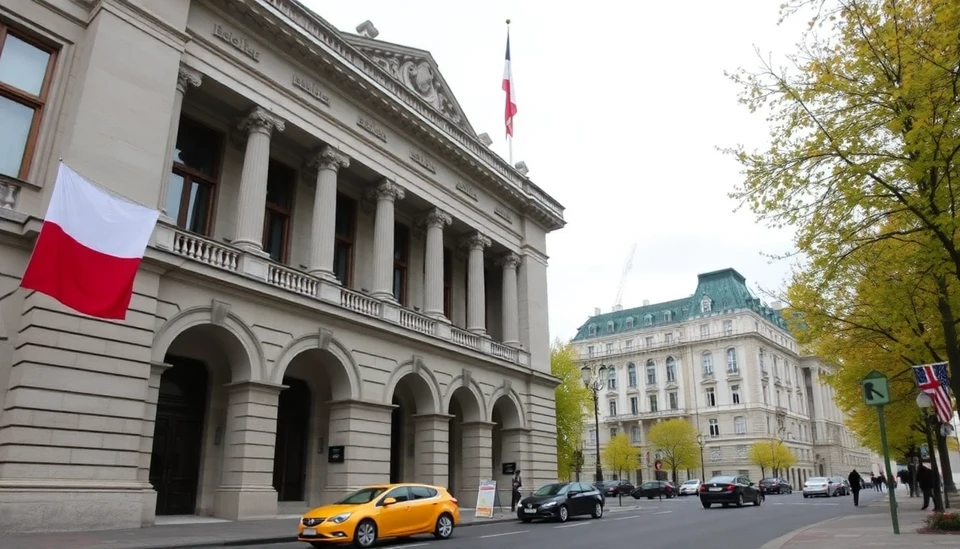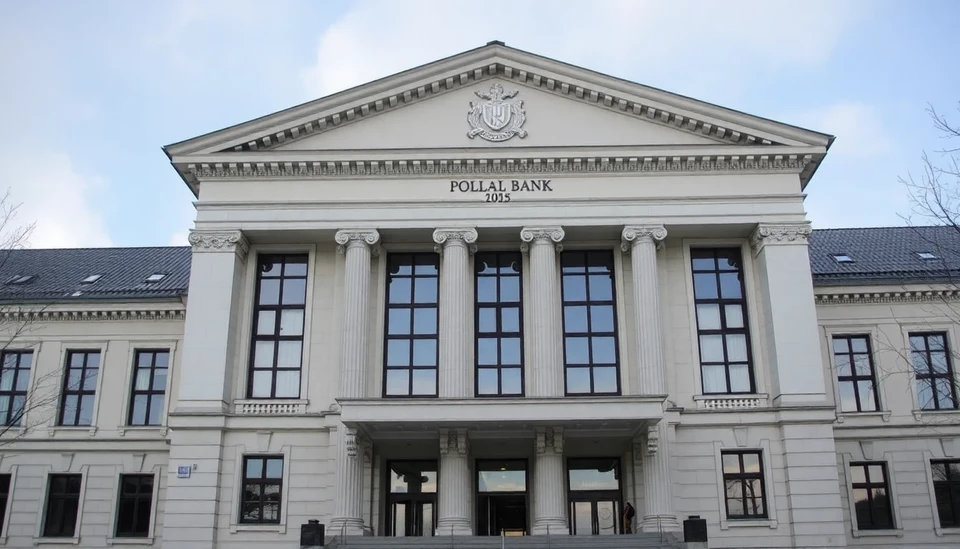
In a recent decision announced on January 16, 2025, Poland’s central bank opted to keep its key interest rate unchanged at 6.75%. This announcement follows a series of shifts in the economic forecasting within the country, particularly coming on the heels of a more hawkish stance adopted by the bank's Governor, Adam Glapiński. The decision to maintain the current interest rate highlights the ongoing challenges and complexities facing Poland's economy.
The monetary policy committee of the National Bank of Poland (NBP) convened for this critical meeting against a backdrop of fluctuating economic indicators. While inflation rates have shown signs of moderation, the central bank remains vigilant, balancing between stimulating growth and controlling price levels. The Governor’s recent comments have suggested a readiness to respond to potential inflationary pressures, adding an element of caution to the future monetary policy direction.
Governor Glapiński has emphasized that the bank’s policy decisions will be data-driven, emphasizing the importance of remaining reactive to any sudden shifts in the economic climate. The NBP's decision to keep rates stable reflects an understanding of the potential perils of raising borrowing costs too quickly, which could stifle consumer spending and investment in a still-recovering post-pandemic economy.
The committee's communication also suggested that the inflation outlook remains closely monitored, with factors such as global supply chain dynamics and domestic demand contributing to the complex picture. Analysts noted that a stable interest rate could provide short-term relief for borrowers, while also signaling the bank’s commitment to maintaining economic stability amidst external pressures.
Experts within the financial community are now keenly watching the central bank’s next moves, particularly as Poland navigates a landscape filled with external challenges, including geopolitical tensions in the region and uncertainty within the EU. The decision resonates particularly with the business community, which is looking for predictability in monetary policy as it plans for future investments.
The NBP's stance is viewed as a precautionary measure, with the committee gearing up for further assessments in the face of evolving economic conditions. Many analysts are projecting future interest rate adjustments might occur based on changing inflation rates and other macroeconomic indicators in the upcoming quarters.
Overall, the decision to hold interest rates steady reflects a cautious yet strategic approach by the central bank to ensure a delicate balance between fostering growth and controlling inflation, critical to Poland's ongoing recovery journey.
As the economic outlook continues to shift, all eyes remain on the National Bank of Poland, where future months could bring further modifications to interest rates, depending on the nuances of inflation trends and global economic developments.
#Poland #CentralBank #InterestRates #Economy #Inflation #NBP #AdamGlapiński #FinancialNews
Author: Laura Mitchell




